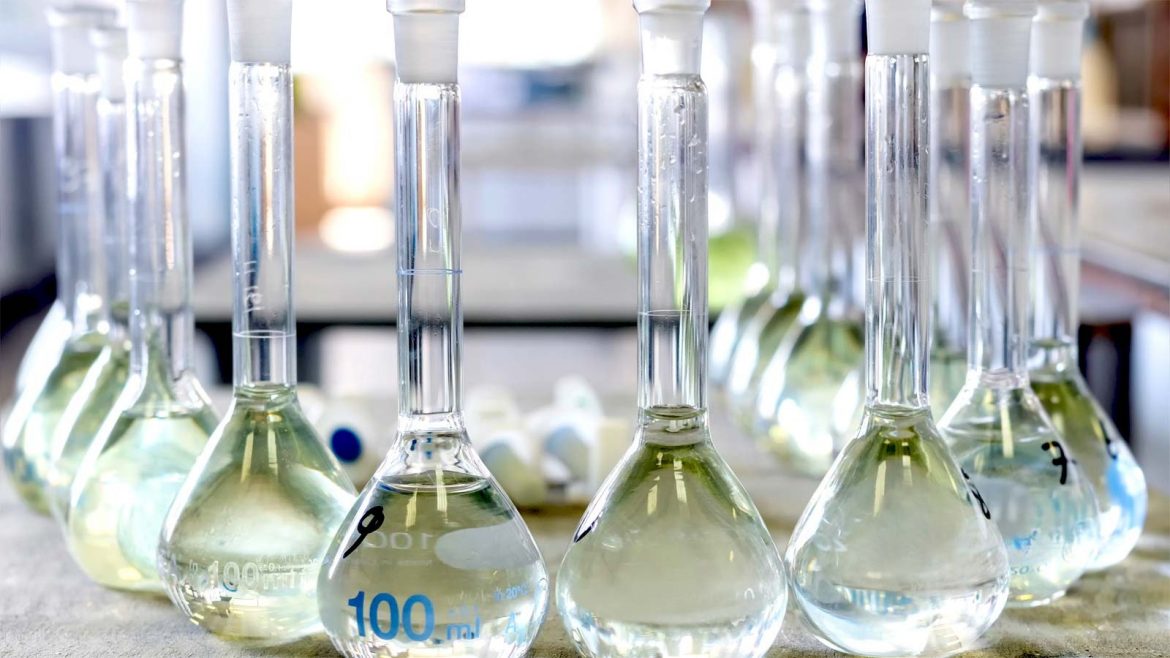Plants are not only a source of food and oxygen, but they also have the ability to detoxify chemicals. This is a crucial function, especially in today's world where pollution and toxic chemicals are rampant. In this article, we will explore how plants detoxify chemicals and the various mechanisms involved.
- Absorption and Sequestration:
Plants have the ability to absorb chemicals from the soil and air. Once absorbed, the chemicals are sequestered in various plant tissues such as leaves, stems, and roots. This process is known as phytoremediation and is used to clean up contaminated sites. - Metabolism:
Plants have a complex metabolic system that allows them to break down and detoxify chemicals. This process involves enzymes that convert the toxic chemicals into less harmful compounds. For example, plants can detoxify heavy metals such as lead and mercury by converting them into less toxic forms. - Excretion:
Plants can also excrete chemicals through their roots. This process is known as rhizodegradation and involves the release of enzymes that break down the chemicals in the soil. This helps to reduce the concentration of toxic chemicals in the soil. - Adaptation:
Plants have the ability to adapt to their environment and develop resistance to toxic chemicals. This is known as phytotolerance and involves the activation of various defense mechanisms such as the production of antioxidants and phytochelatins.
Conclusion:
Plants are an essential part of our ecosystem and play a crucial role in detoxifying chemicals. Their ability to absorb, metabolize, excrete, and adapt to toxic chemicals is a testament to their resilience and adaptability. By understanding how plants detoxify chemicals, we can develop new strategies for cleaning up contaminated sites and reducing the impact of pollution on our environment.

